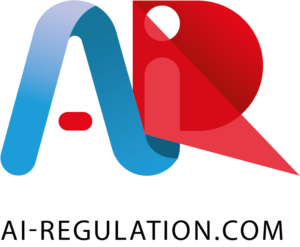On March 2nd, 2020 the World Economic Forum published a white paper: “A Framework for Responsible Limits on Facial Recognition. Use Case: Flow Management”.
The white paper points out that “facial recognition technology has many applications, from improving consumer experiences in the banking and retail sectors to speeding up border control at airports”. The white paper also underlines that such technology raises many questions “while the development of this technology creates considerable opportunities for socially beneficial uses, in some use cases, it can also pose a threat to human rights and civil liberties – notably, freedom of expression, freedom of assembly and association, and the right to privacy”.
“The World Economic Forum is spearheading a multistakeholder, evidence-based policy project in France focused on one use case scenario (flow management)” with the objective “to establish a governance framework for facial recognition technology that has been tested on site”.
The white paper is made up of two parts. The first part concerns “a policy framework to ensure the responsible use of facial recognition” and submits a “methodology”, “identified use cases”, and “principles for action”.
The second part concerns the policy pilot on flow management. The WEF claims that “the method being applied here could serve as a blueprint for designers and users of facial recognition technology, which illustrates how to introduce ethical considerations into business operations”. It includes:
– Best practices to support the design of responsible facial recognition systems: “In order to facilitate the assessment of the responsible use of facial recognition technology for flow management use cases through the questionnaire presented below, designers and users of this technology should respect the following set of best practices for the design and deployment of facial recognition systems. These requirements focus on four main dimensions”:
– The first version of the assessment questionnaire: “The main objective of this questionnaire is to enable a careful assessment of facial recognition systems deployed for flow management and to ensure their compliance with the Principles for Action presented in the first part of the white paper. Therefore, it is a tool meant to help organizations willing to operationalize these principles in the systems that they design or procure”.
The World Economic Forum stressed that this work cannot be improved without the collaboration of the various actors who are involved in facial recognition technologies and that it therefore invites all relevant stakeholders to participate in the project.


